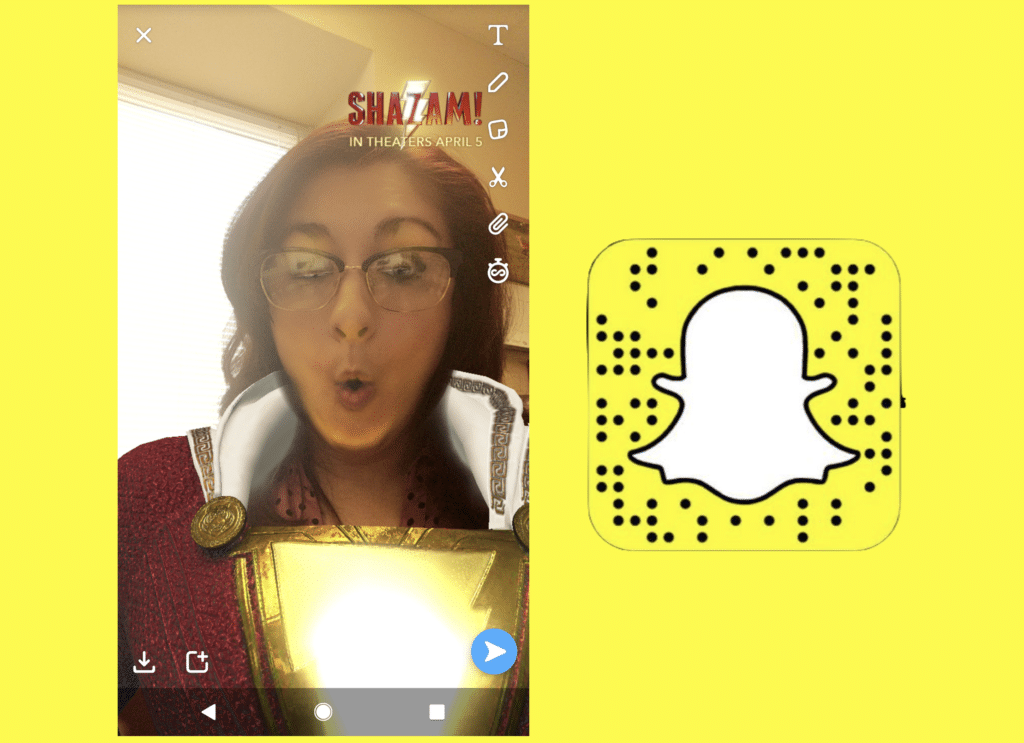Would you like to learn about spam Snaps? Spam Snaps are irrelevant or excessive snaps sent via Snapchat or other platforms. They have become a common annoyance for Snapchat's young audience. This blog post will explain the basics of Snapchat spam and how to avoid it. What is Snapchat Spam, … [Read more...]
What does the Red Heart on Snapchat Mean
Would you like to know the meaning of a red heart on Snapchat? The red heart on Snapchat often leaves users intrigued. Many users are curious about what the red heart emoji means on Snapchat. This article will discuss what the red heart and other Snapchat emojis mean. What are Snapchat … [Read more...]
How to Use Snapchat Like A Pro
Would you like to know how to use Snapchat? Are you a beginner wondering how to use Snapchat to send snaps, make video calls, view a friend's story, and more? This blog will break down the basics of getting the best out of the Snapchat app. What is the Snapchat App? Snapchat is a popular … [Read more...]
Snap Advanced Conversions Looks Promising, But How Does It Work?
What is Snap Advanced Conversions? Snap’s Advanced Conversions is a data collection, analysis, and reporting process that provides quality advertising services and conversions reports while respecting user privacy and the increasing restrictions around data tracking. Its strategy and how it works … [Read more...]
Snapchat Lowers Daily Minimum Spend to $5
Snapchat is making advertising more accessible to businesses. Now, you can advertise on the social media app at just $5 per day, the platform's new spending minimum. Since Snapchat advertising is an auction, your daily spend may fluctuate depending on your objective, budget, campaign duration, … [Read more...]
A Beginner’s Guide to Snapchat Marketing
Brands that target young consumers, specifically teens and young adults, should consider adding Snapchat to their marketing plans. Snapchat’s core audience is made up of millennials (born between 1980 and 1994) and generation Zs (born between 1995 and 2015). Ninety percent of people between the ages … [Read more...]
Snapchat Partners with Warner Bros. to Create First-Ever Voice-Activated Lens
In August, Snap announced its plans to create voice-activated AR experiences, but the company didn’t reveal details on how those AR experiences would work...until now. There’s a new voice-activating command joining the ranks of “Alexa” and “Okay, Google.” Snap just released its first-ever … [Read more...]
These Snapchat Advertising Updates Will Bring Cheer This Year
Anna Hubbel, writer at AdvertiseMint, Facebook advertising agency Snapchat is coming down the chimney with gifts for advertisers. Snap recently released two new updates to help advertisers better reach their audiences: a Lens Creative Partners Program and a Snapchat Ads Shopify app. Lens … [Read more...]
New to Snapchat: The Snap Camera, a Desktop Feature
Conference calls are about to get a whole lot more interesting. The Verge reports that parent company Snap is introducing the Snap Camera to desktop. The feature, which is available to Mac and Windows users now, allows you to add Snapchat filters while using camera apps like Twitch, YouTube, Skype, … [Read more...]
Snapchat in September: User Trends
Snapchatters are welcoming fall with wide open arms, and it’s showing. Snap recently shared a September update on its business blog, identifying user trends on the app throughout the month, and the findings indicate a head-on theme of autumn and Halloween spirit. By looking at the common trends of … [Read more...]
- 1
- 2
- 3
- …
- 9
- Next Page »







